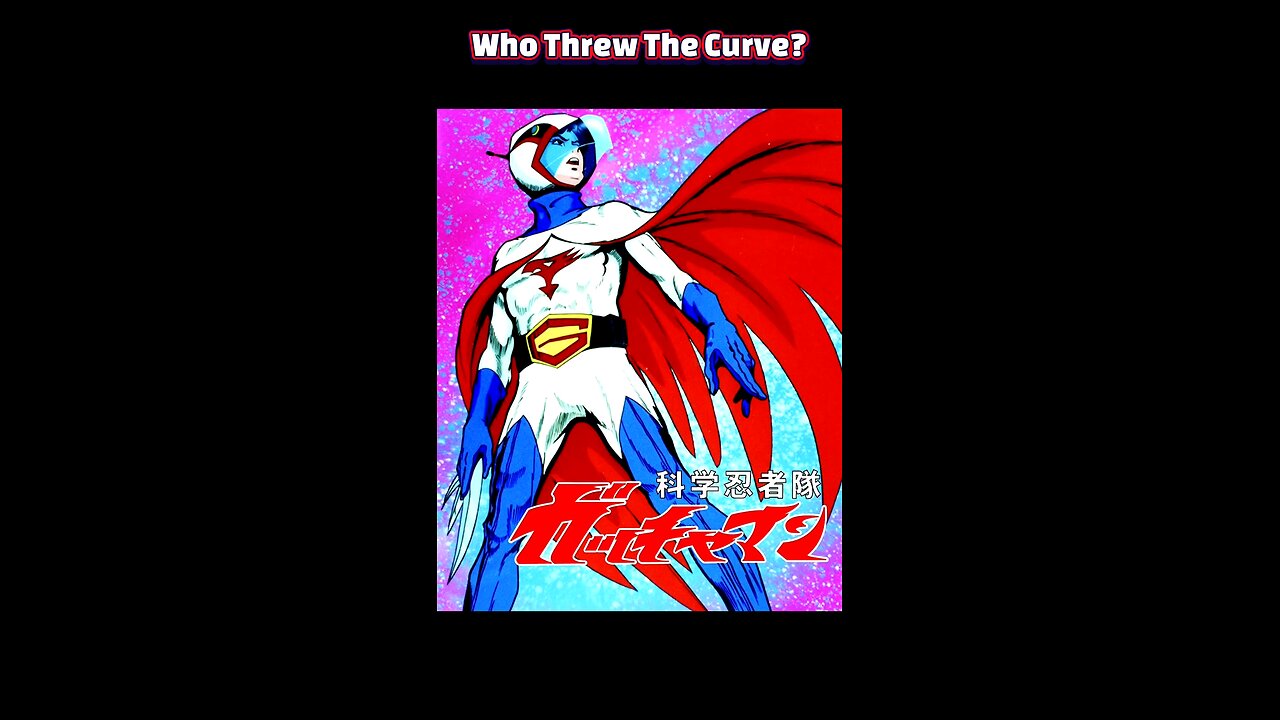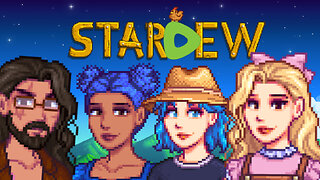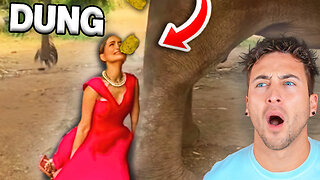Premium Only Content

The Forgotten Anime That Paved the Way: What Happened to G-Force?
#AnimeHistory #GForceAnime #Gatchaman #RetroAnime #80sCartoons #NostalgiaTrip #LostAnime #ForgottenClassics #AnimeThrowback #BirdSquad #CartoonCults
The Rise of G-Force: Guardians of Space
Originally adapted from the Japanese anime Science Ninja Team Gatchaman, G-Force: Guardians of Space debuted in the U.S. during the mid-1980s as part of a trend to repackage foreign anime for Western audiences. It featured five young superheroes fighting to save Earth from alien threats using slick vehicles, colorful costumes, and bird-themed powers. Despite being a localization with significant changes, it carried over the charm and depth of the original series—especially its dramatic arcs and stylish action sequences—which helped it build a modest cult following.
Censorship, Localization, and Identity Crisis
The anime was heavily edited to align with American broadcast standards. Violence was toned down, deaths were obscured, and storylines were simplified, often diluting the narrative complexity of the original Gatchaman. Additionally, the renamed characters and awkward dubbing sometimes confused viewers. While G-Force retained the visual appeal and themes of teamwork and heroism, its identity blurred in a landscape already saturated with team-based cartoons like Voltron and ThunderCats, making it harder to stand out.
Competition and Changing Tastes
By the late 1980s and early 1990s, Western viewers’ tastes shifted toward cartoons with more Western storytelling sensibilities—often comedy-driven or tied to massive toy lines (Transformers, Teenage Mutant Ninja Turtles, etc.). G-Force, with its more somber tone and anime roots, struggled to keep pace. It lacked a strong merchandising engine and aired sporadically, making it easy for younger audiences to miss or forget. The lack of cohesive branding and consistent distribution contributed to its gradual fade from pop culture relevance.
Attempts at Revival and Legacy
Despite its decline, Gatchaman’s legacy endured. The original Japanese series has been rebooted and repackaged several times, including a CGI film attempt and occasional manga adaptations. In the U.S., G-Force nostalgia simmered below the surface, inspiring collector interest and retro anime discussions. A complete and faithful English dub of Gatchaman was later released for DVD, allowing fans to finally experience the uncut version. Yet, a full-fledged mainstream revival of G-Force never materialized, likely due to licensing hurdles and the rise of newer anime giants.
Cultural Impact and the “What Could’ve Been” Factor
G-Force remains a fascinating “what if” in anime history—a series that bridged cultures but struggled to find its identity in translation. While not a household name, it served as an early anime ambassador, seeding interest in Japanese storytelling before the anime boom of the 2000s. For many fans, it’s remembered less for its polish and more for its spirit: a team of heroes who fought with courage, style, and big-hearted intensity. Like its bird-inspired uniforms, it soared for a moment—but couldn’t quite catch the wind for sustained flight.
-
 LIVE
LIVE
SmashJT
1 hour agoCollective Shout Keeps “HARRASSING” Me | Smashcast
167 watching -
 LIVE
LIVE
StevieTLIVE
2 hours agoWarzone Wins ALL Night w/ GloryJean
65 watching -
 3:22:50
3:22:50
Laura Loomer
5 hours agoEP146: Loomer EXPOSES Big Tech's Complicity With Anti-ICE Violence
28.6K9 -
 31:39
31:39
Standpoint with Gabe Groisman
1 day ago“Most People Have NO IDEA What Isolationism could do to America” Rep Rich McCormick Joins Standpoint
9.92K2 -
 LIVE
LIVE
MissesMaam
4 hours ago75% DONE WITH PERFECTION!!! | Stardew Co-Op 💚✨
134 watching -
 LIVE
LIVE
Clenzd Gaming
3 hours ago $0.32 earnedThe Return
70 watching -

DeafWarriorLegendary
1 hour ago🔥Deaf Streamer🔥
4.63K -
 2:04:52
2:04:52
TimcastIRL
4 hours agoBomb Threat At TPUSA, Bomb Squad Deployed For Controlled Detonation | Timcast IRL
192K187 -
 2:20:49
2:20:49
Barry Cunningham
4 hours agoBREAKING NEWS: DEMOCRATS SHUT DOWN THE GOVERNMENT! THEY HAVE UNLEASHED PRESIDENT TRUMP
45.6K17 -
 3:59:47
3:59:47
Nikko Ortiz
6 hours agoPTSD Is Fun Sometimes | Rumble LIVE
70.2K3